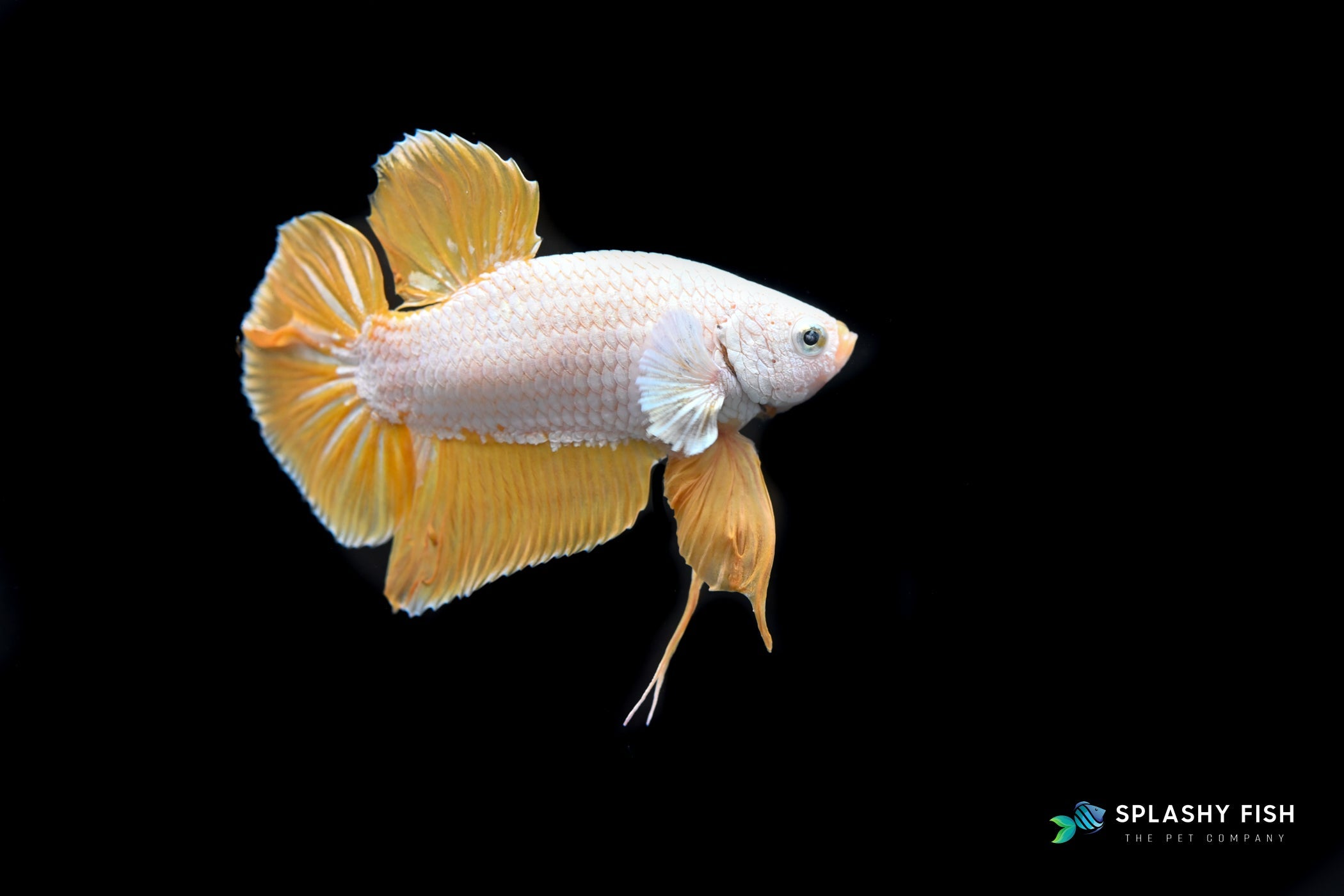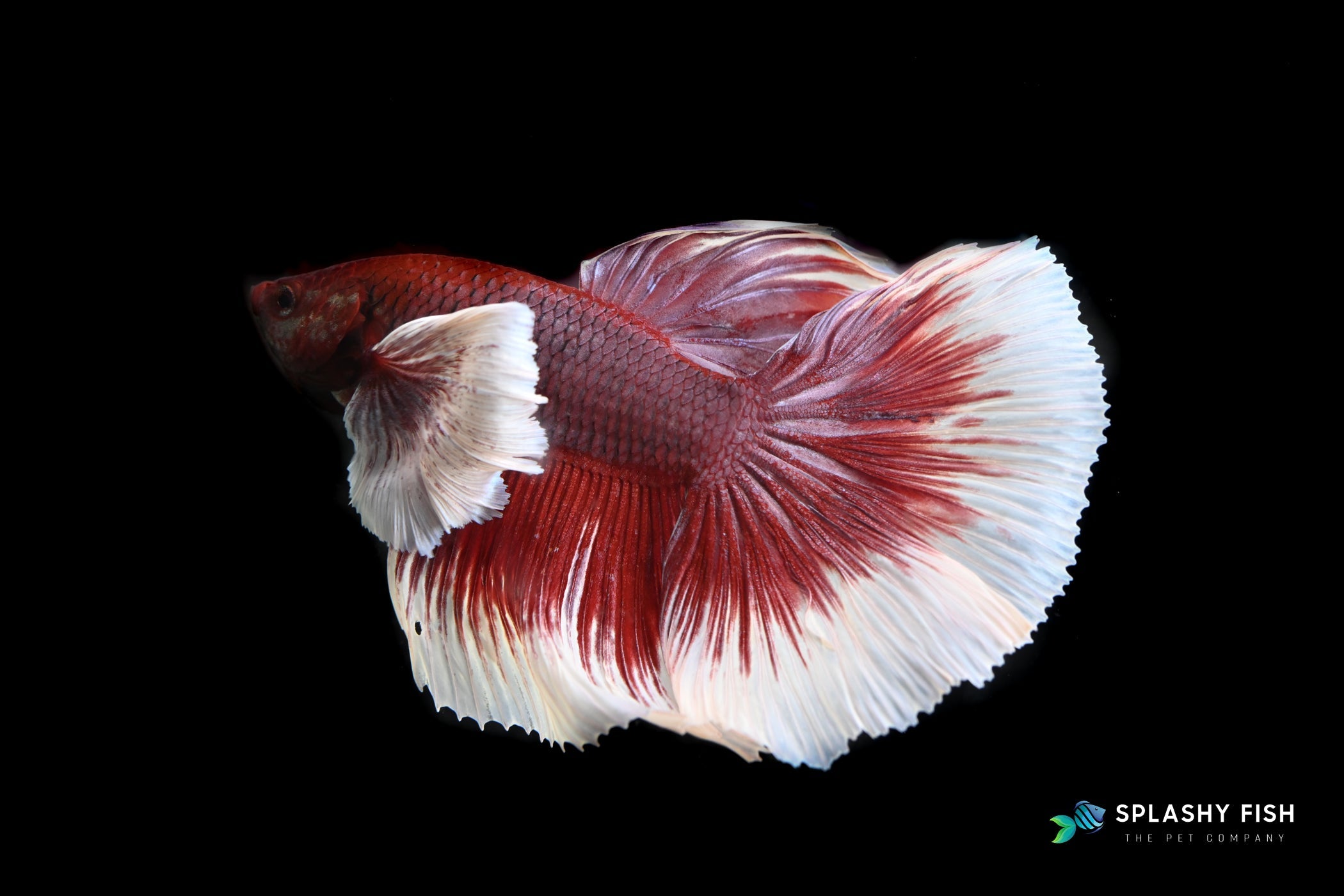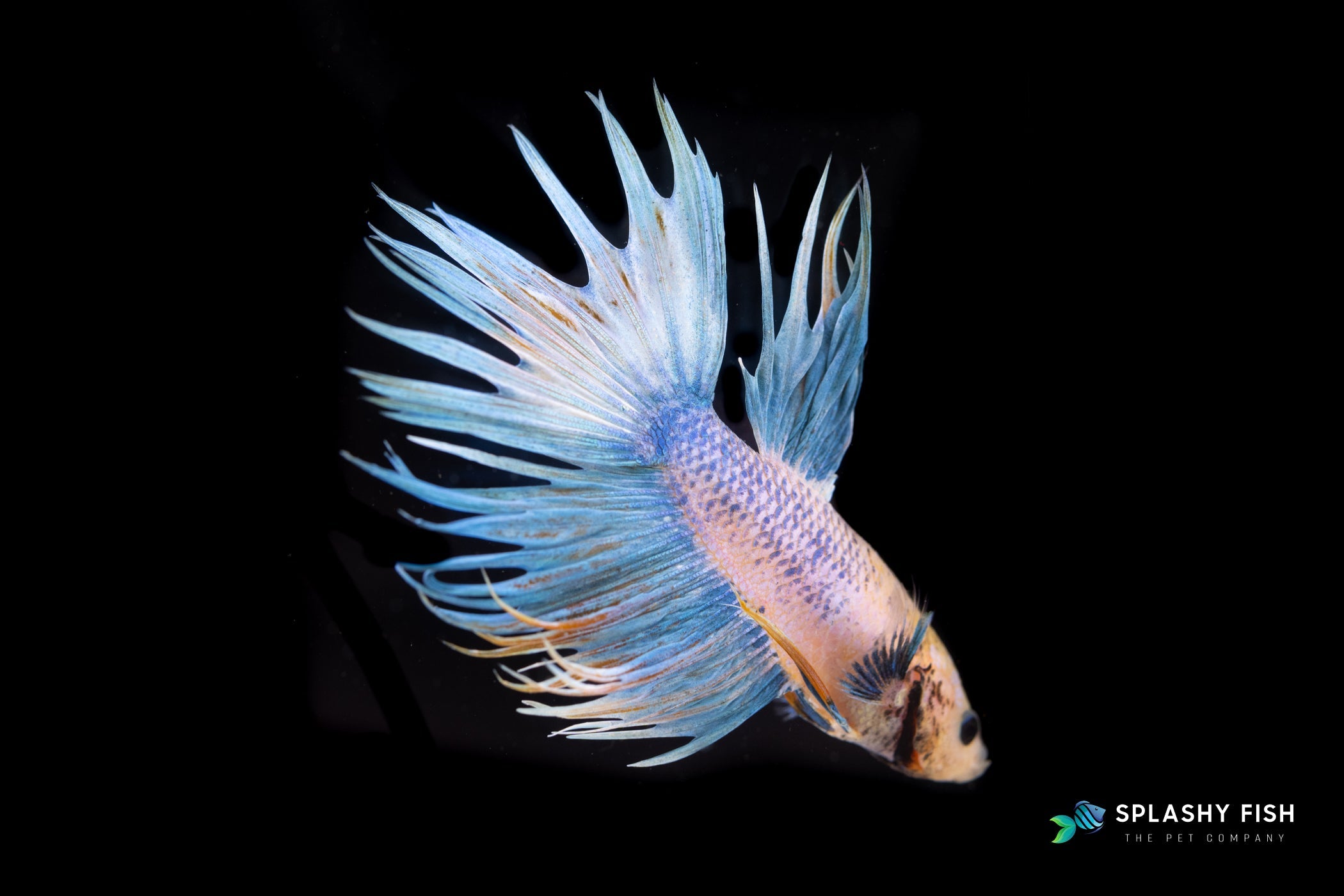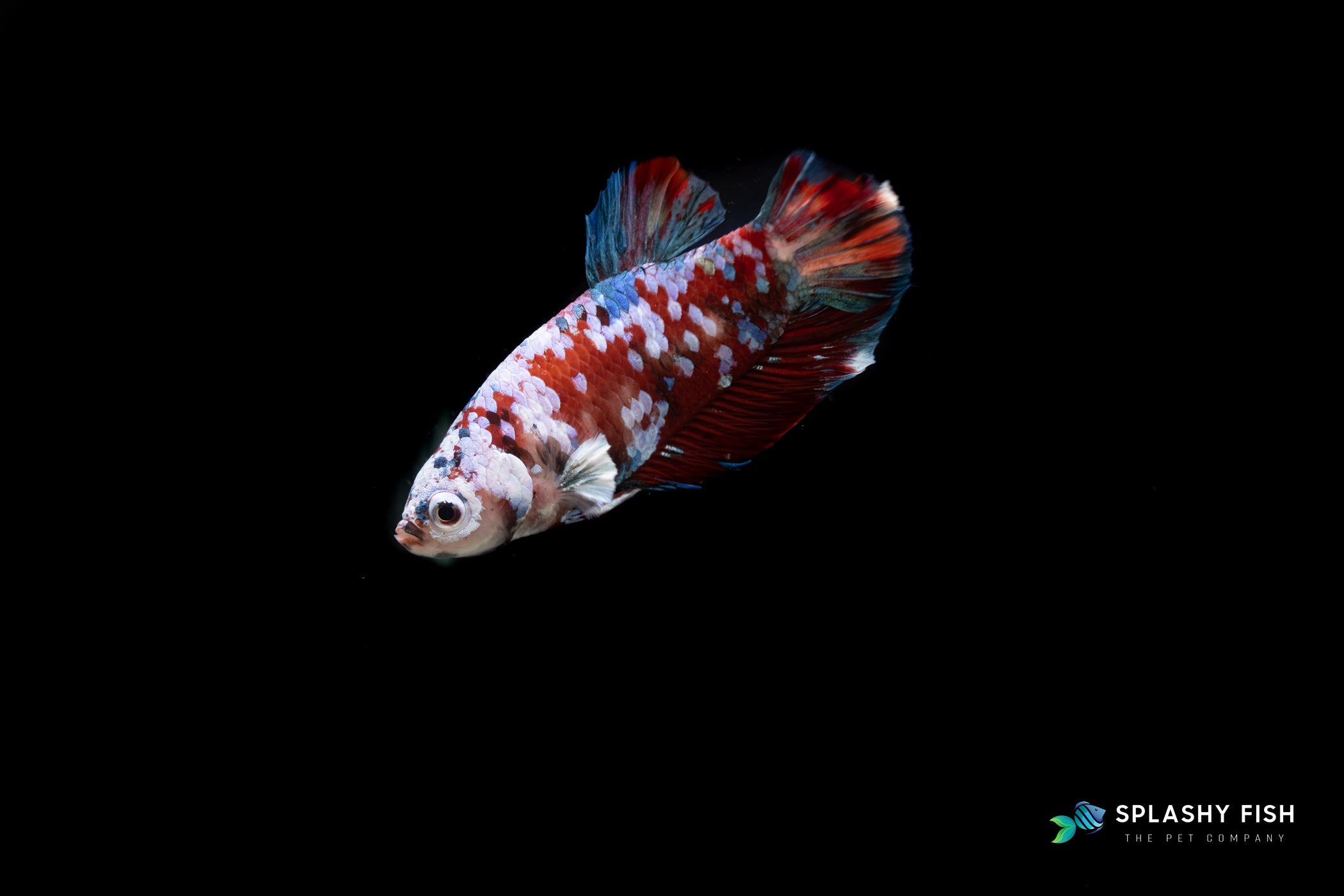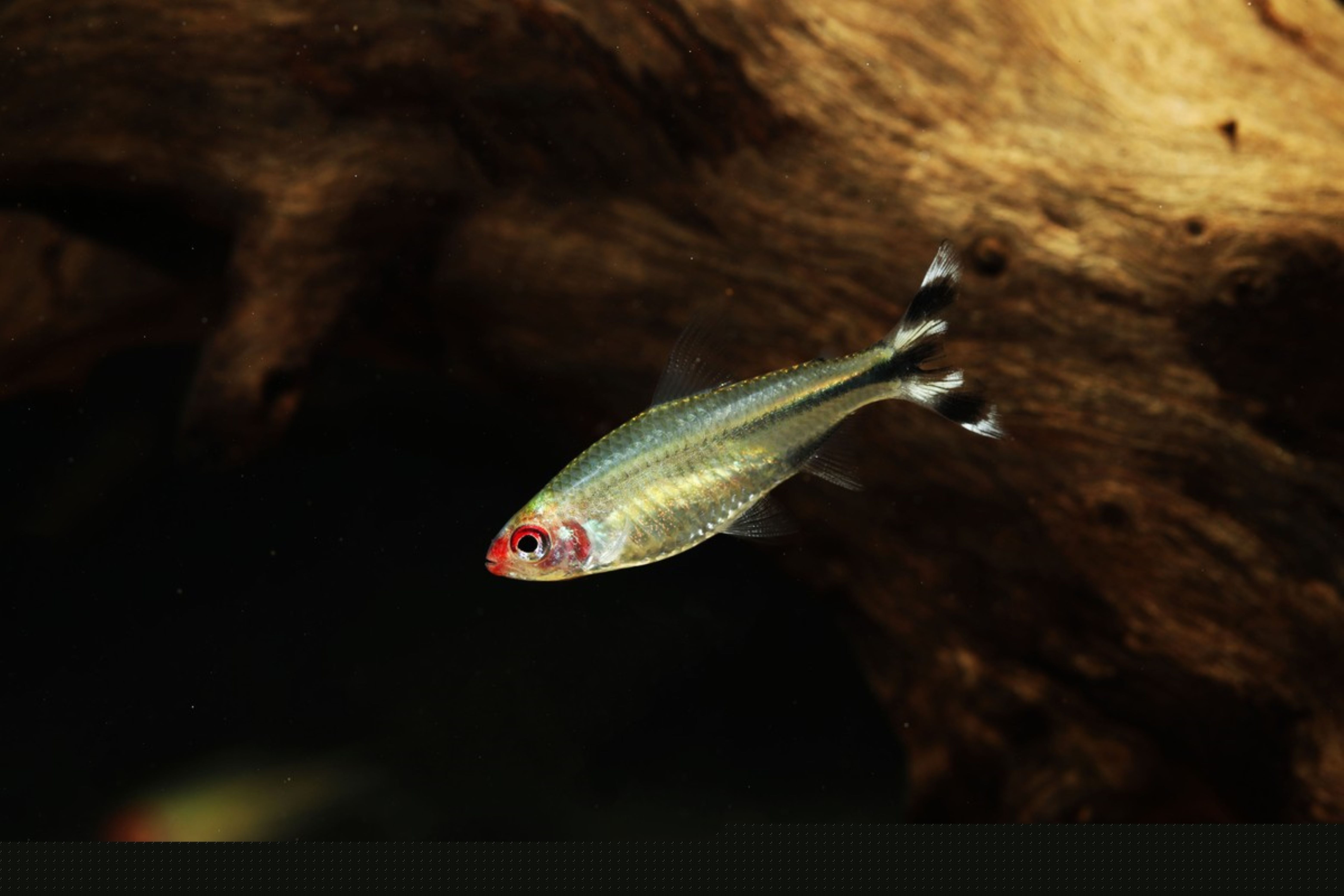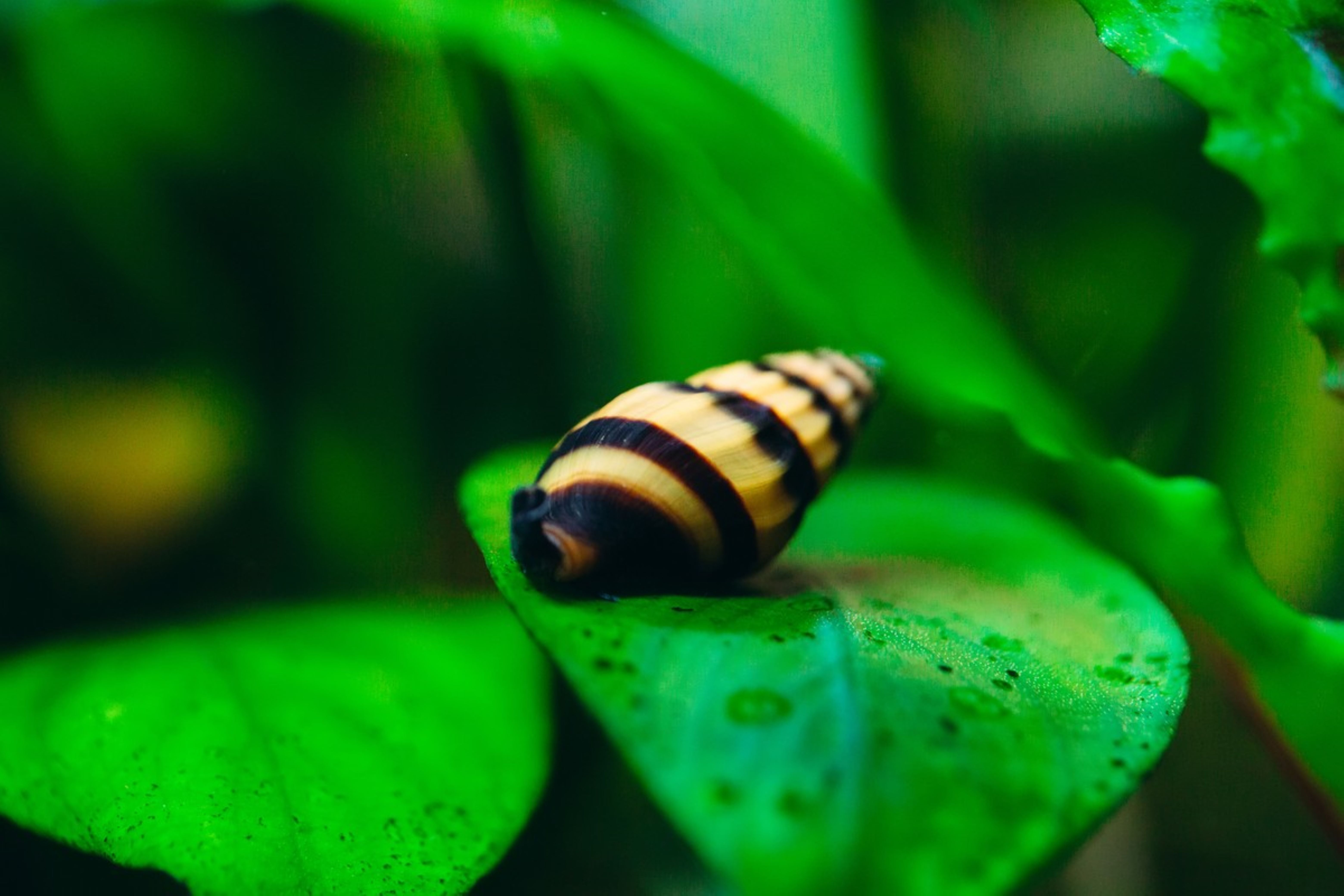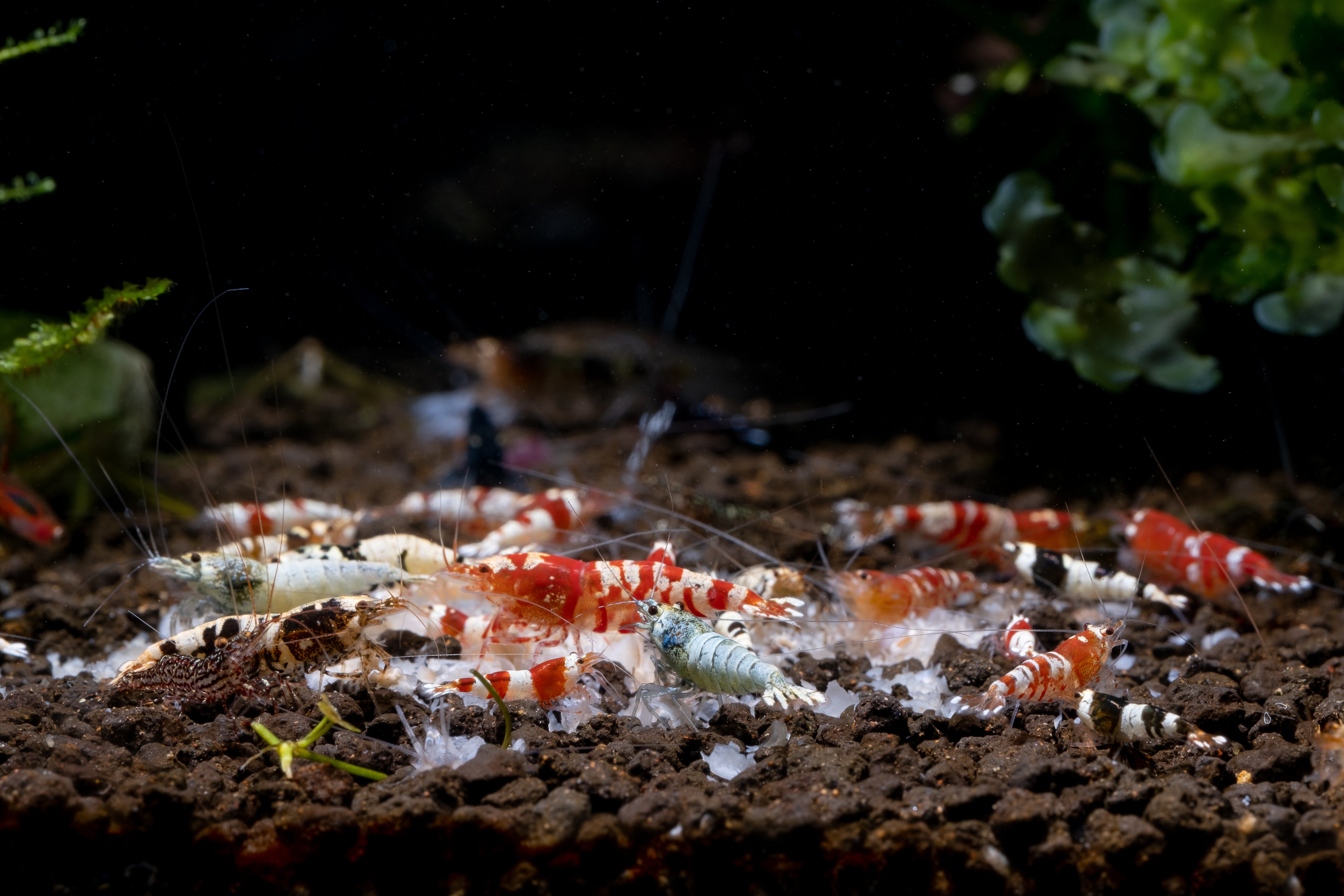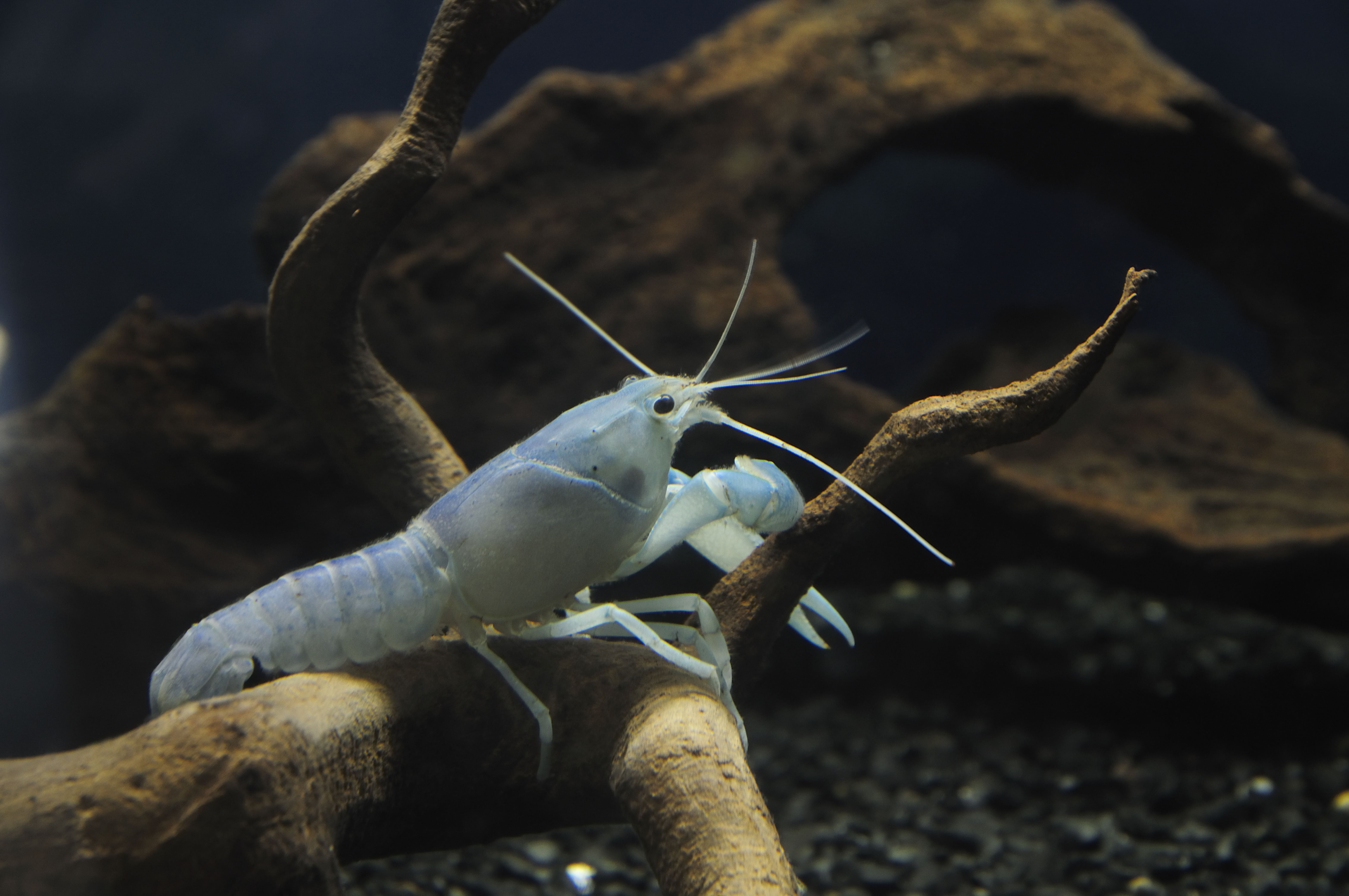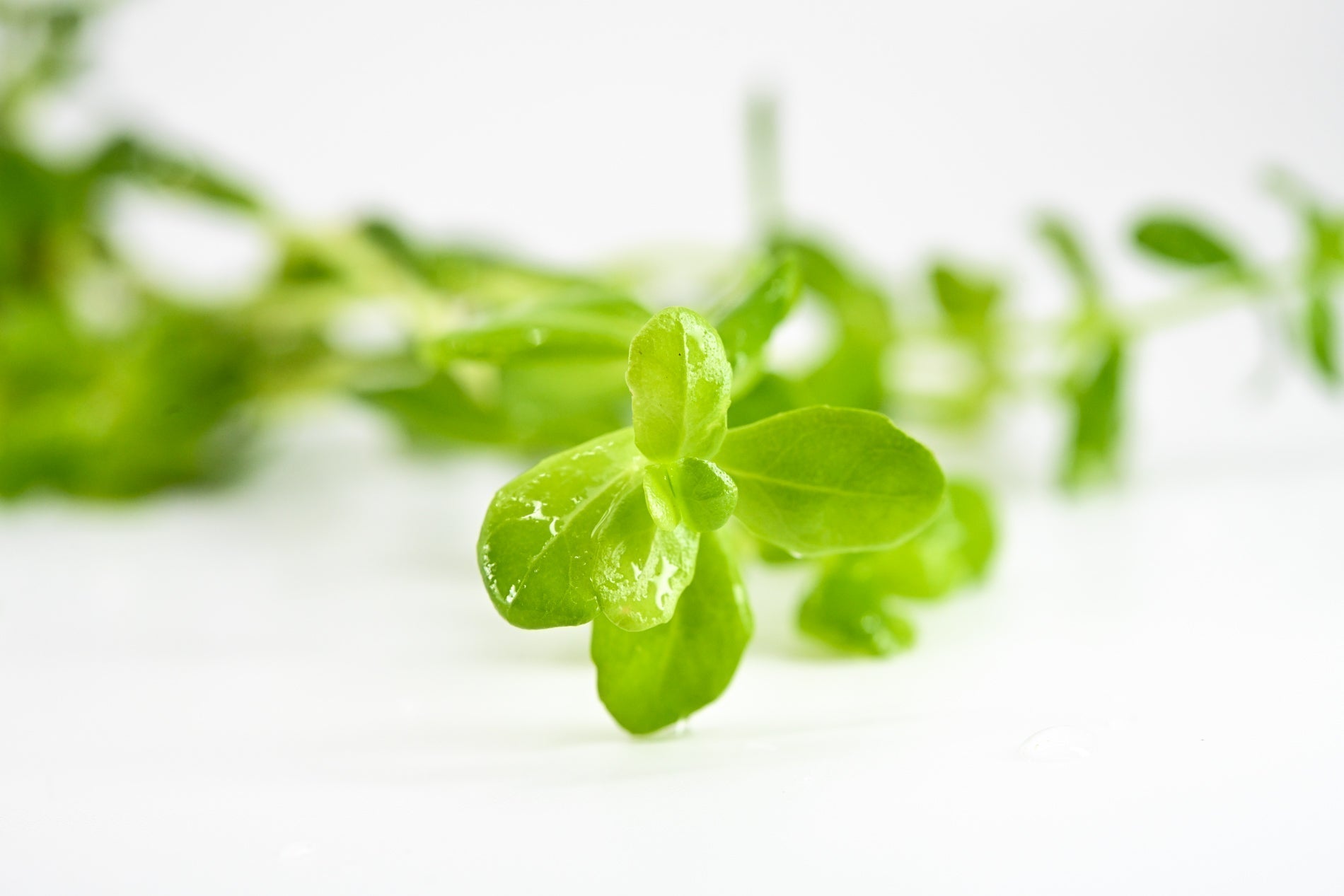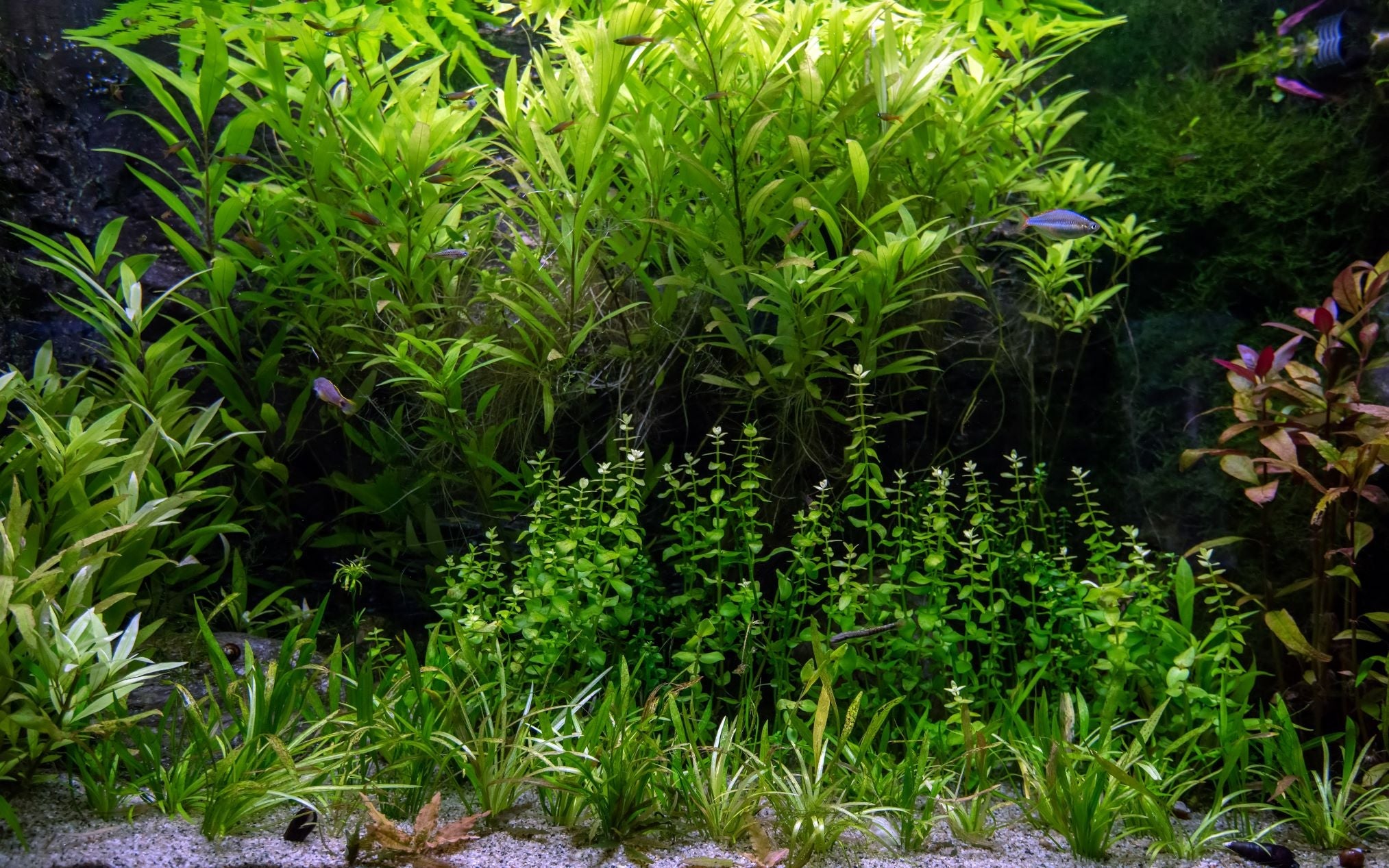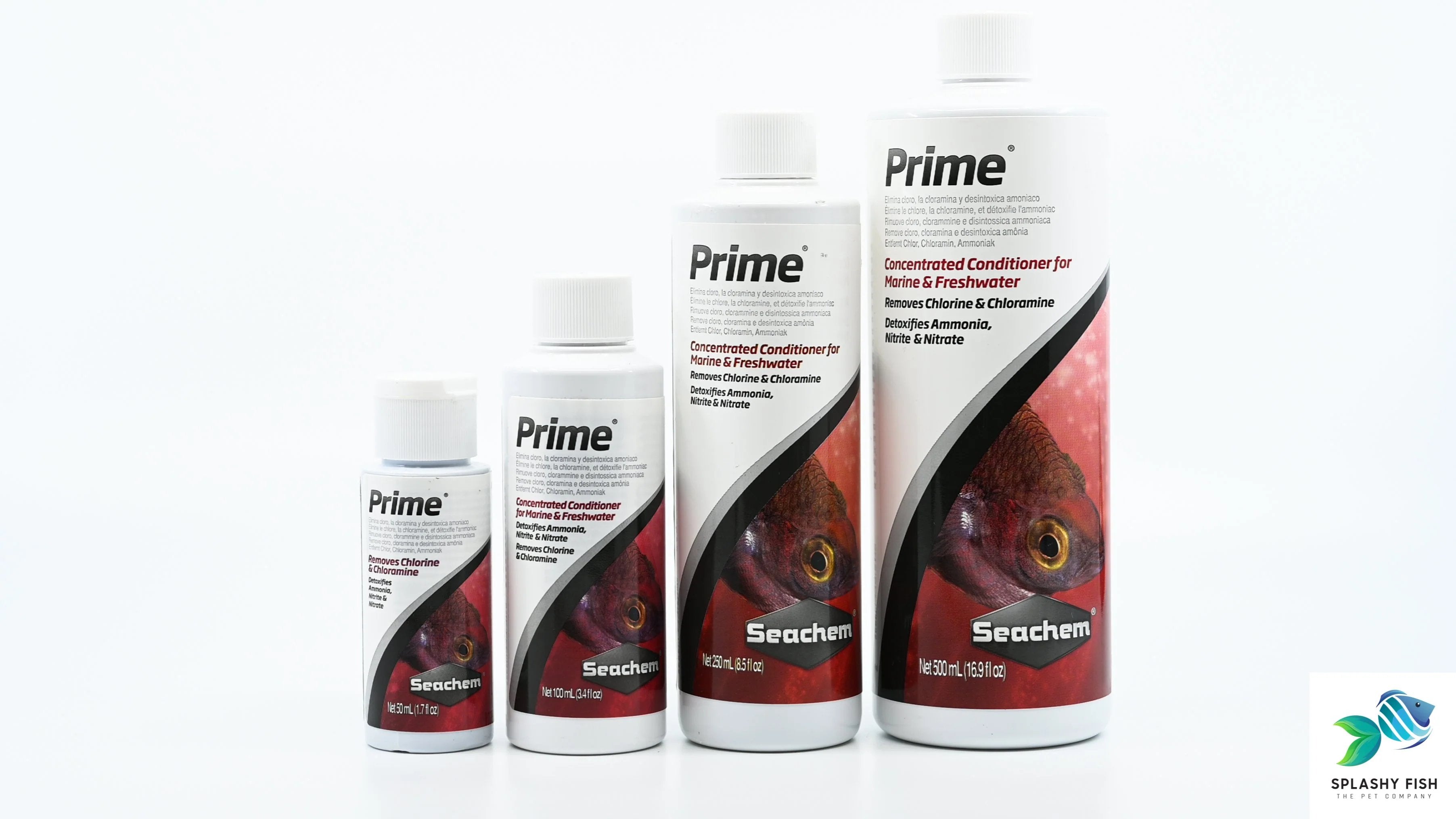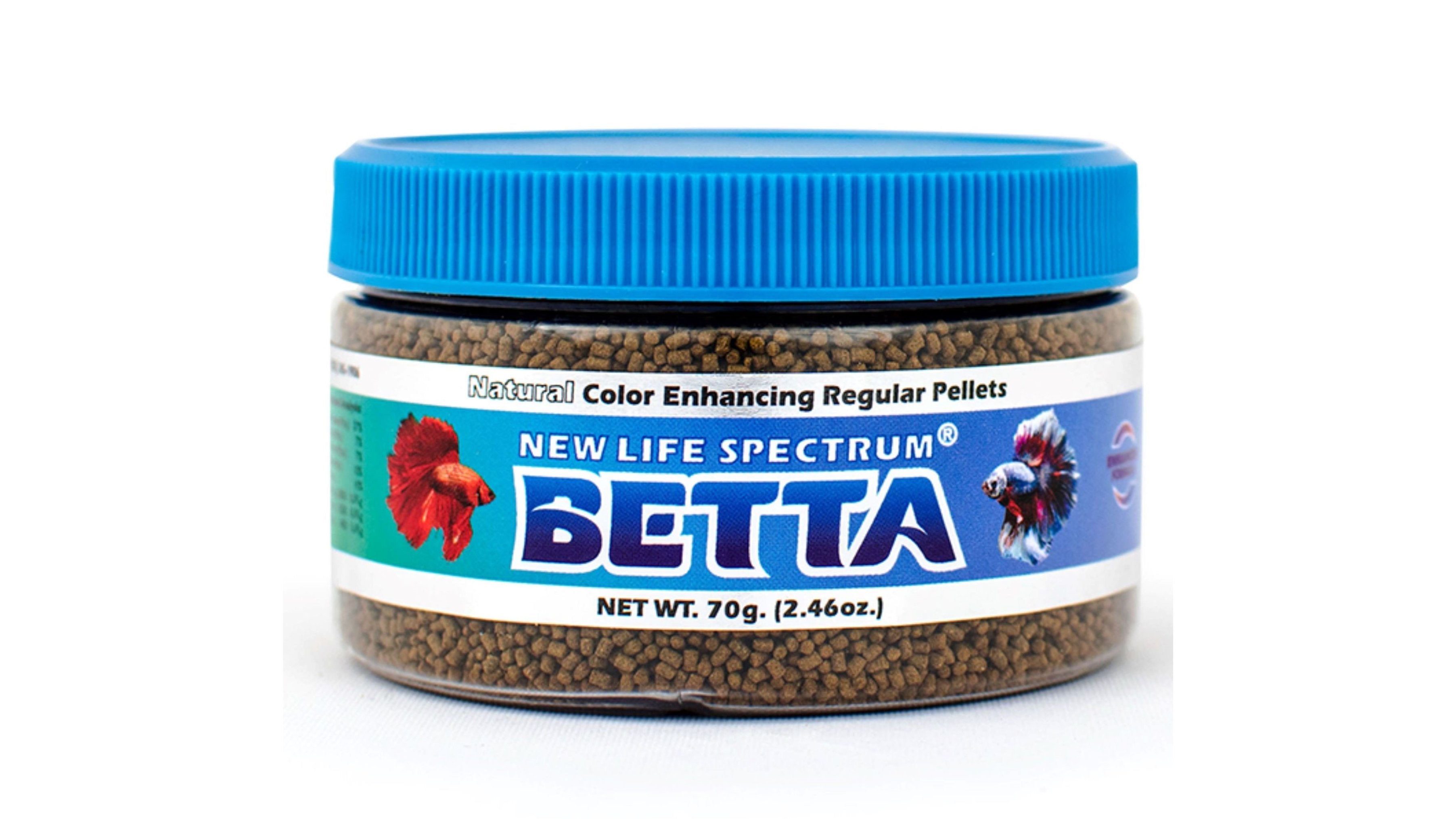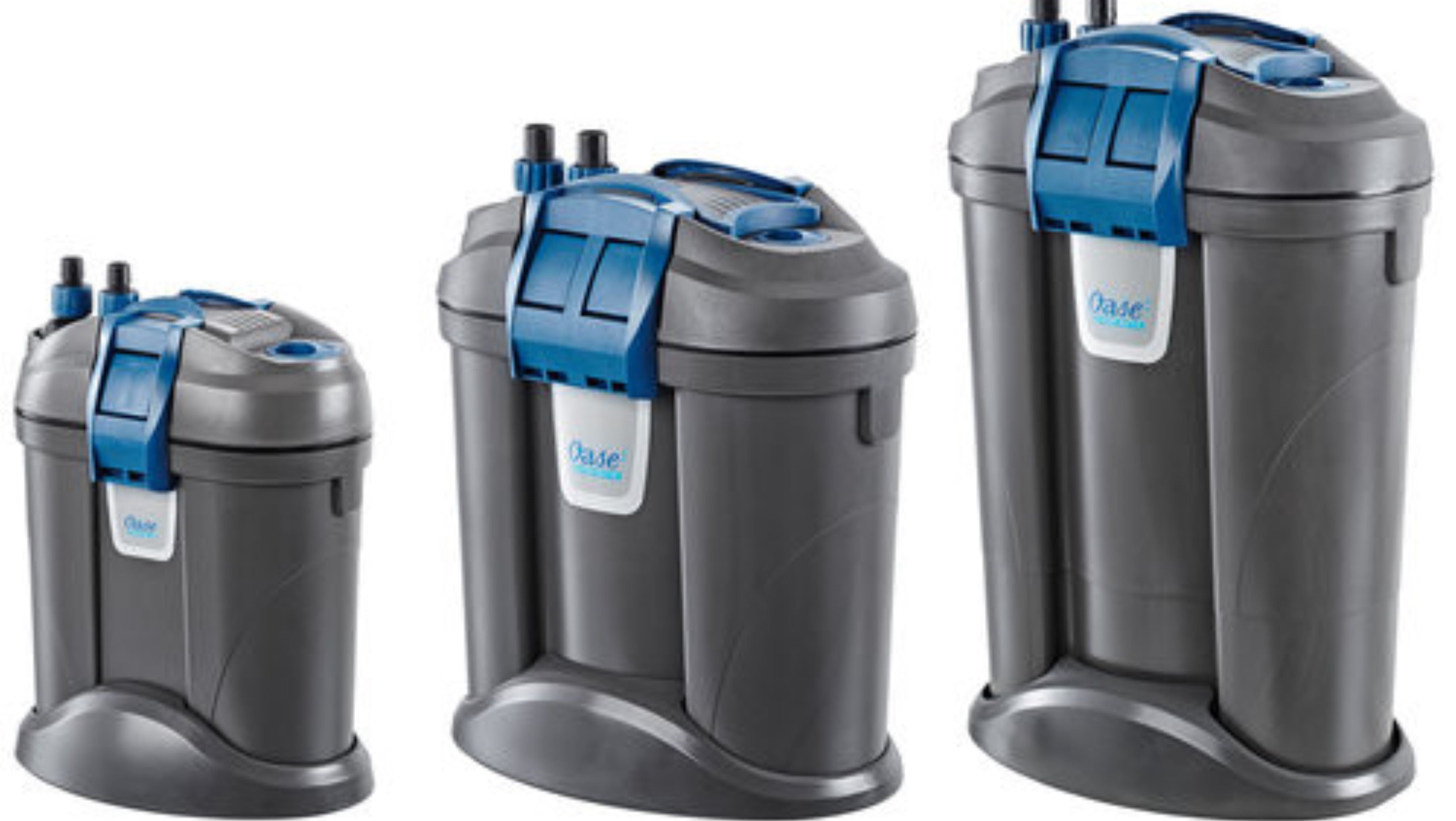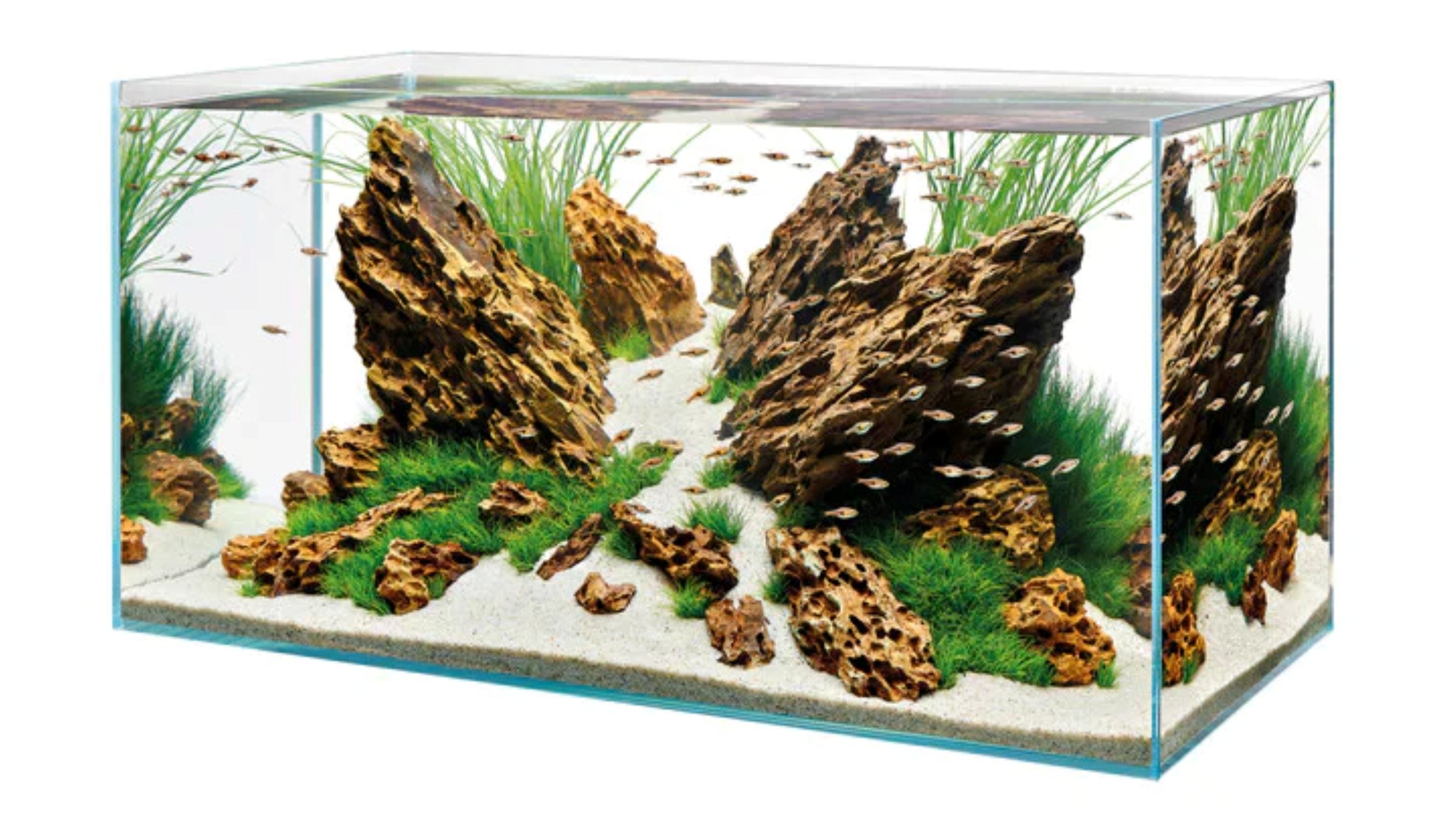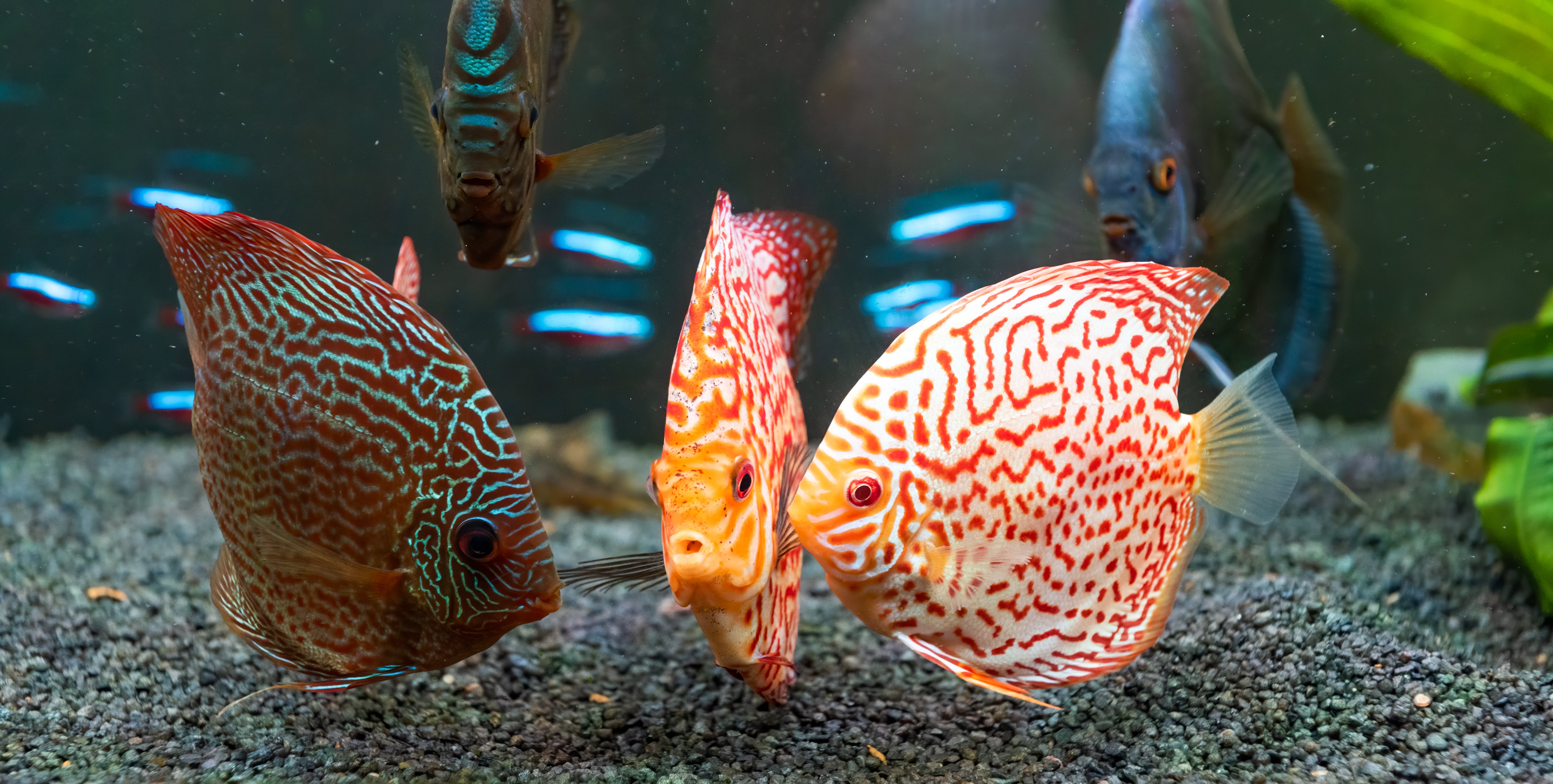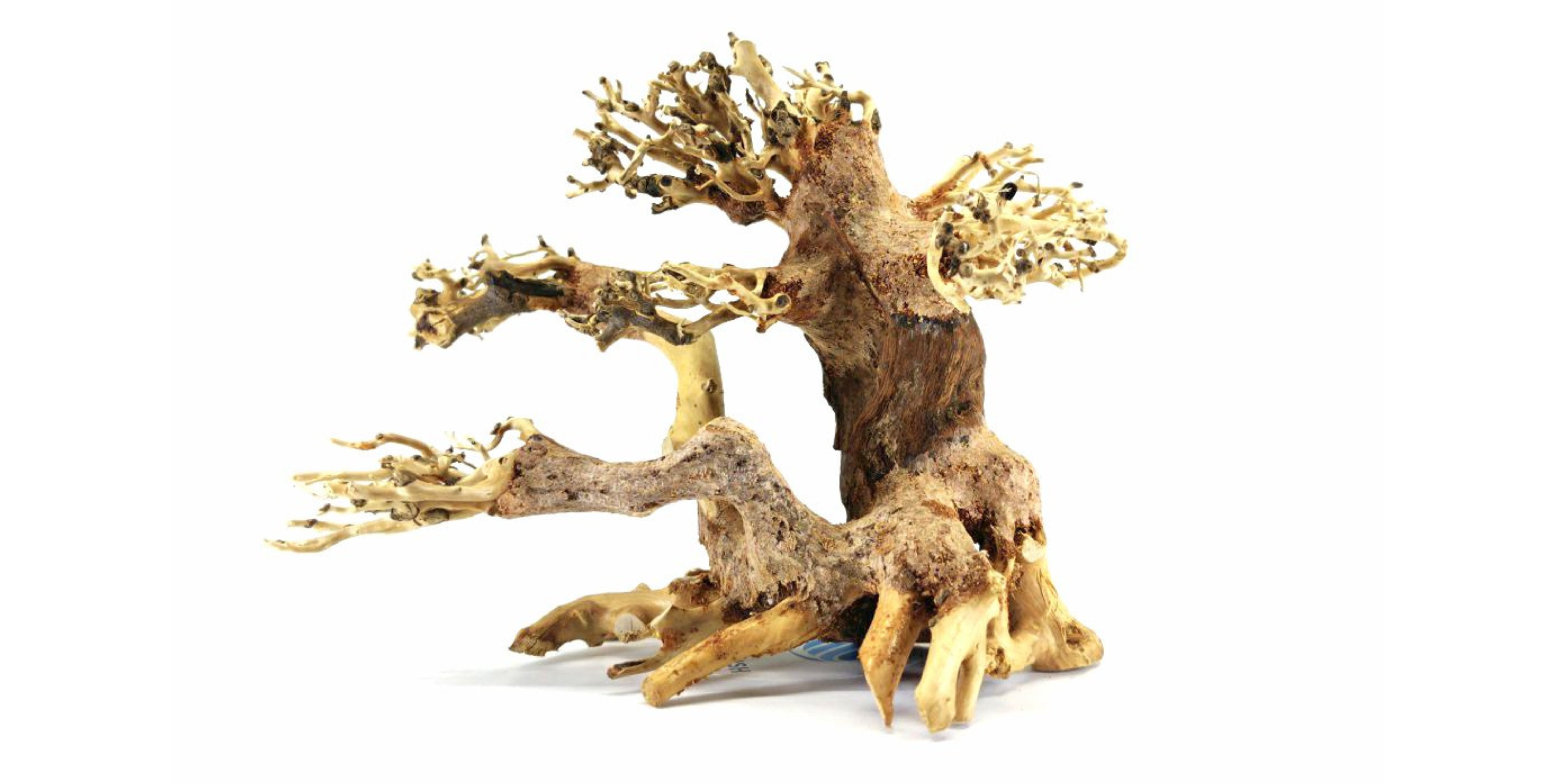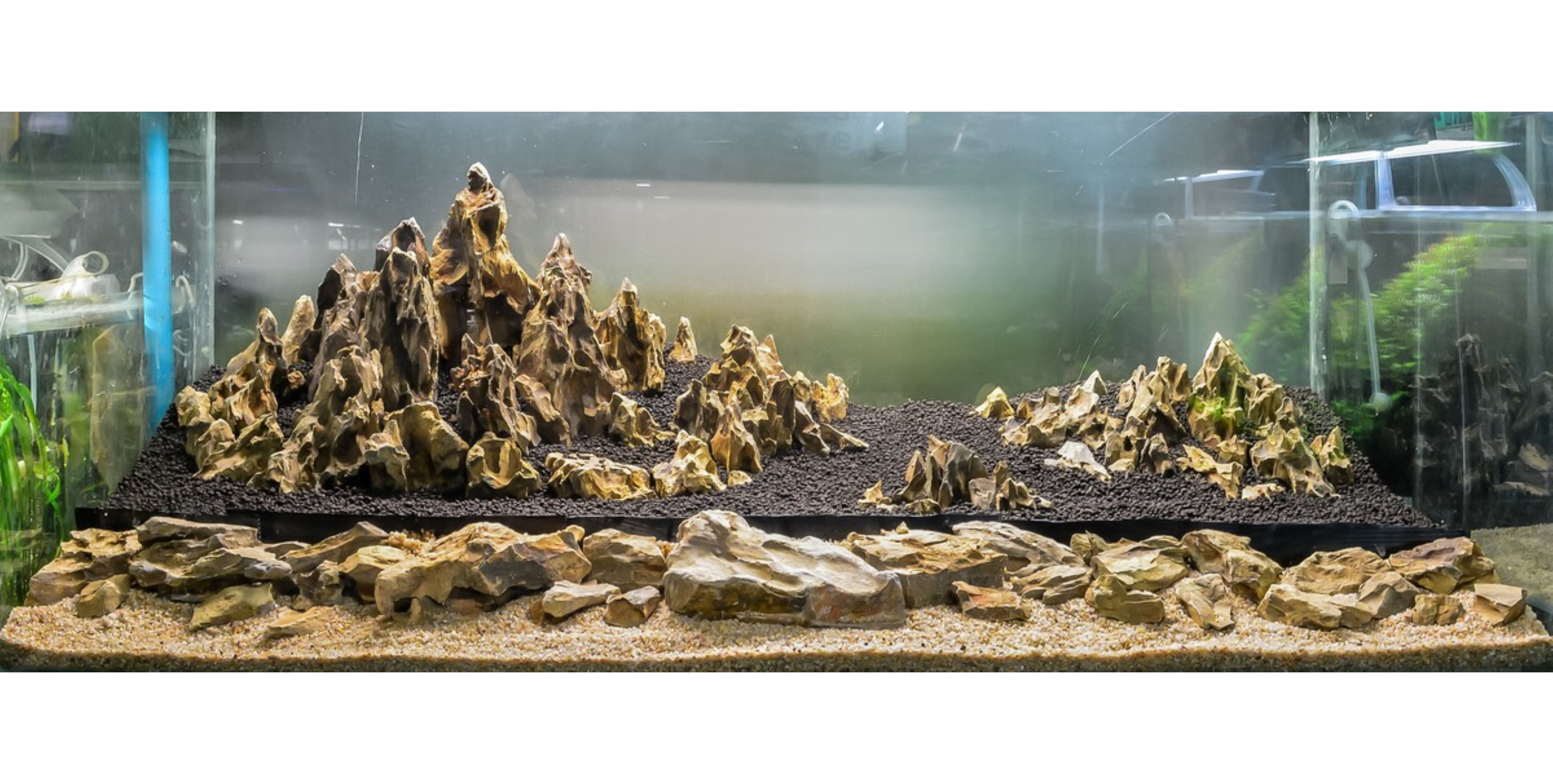Table of Contents
Elegant, vibrant, and captivating – betta fighting fish, also known as Siamese fighting fish, are undoubtedly among the most popular and widely adored freshwater fish species in the aquarium hobby. With their flowing fins and dazzling colors, it's no wonder these beautiful creatures have captured the hearts of aquarists worldwide.
However, betta fish care goes beyond simply admiring their breathtaking appearance. Comprehensive betta fish care encompasses understanding and catering to their unique needs, from setting up an appropriate tank environment to providing a nutritious diet and ensuring stable water parameters.
In this ultimate betta fish care guide, we will delve into the intricacies of creating a thriving environment for your betta. We'll explore various topics, such as selecting the perfect tank size, enhancing water conditions, choosing suitable tank mates, and offering a diet that promotes vibrant health and longevity. Our comprehensive approach to betta fish care will serve as a valuable resource, equipping you with the knowledge and insights needed to support the well-being of your elegant aquatic friend.
1. Perfecting the Tank Setup: Building a Comfortable Home for Your Betta
A well-designed and properly outfitted tank is the cornerstone of betta fish care. Consider these essential elements when establishing the ideal environment for your betta:
Tank Size and Shape
Betta fish require ample space to swim and explore. A minimum fish tank size of 5 gallons is recommended, though larger tanks are preferable. Opt for a longer, horizontal tank design, as bettas tend to swim more horizontally than vertically.
Filtration and Water Movement
To maintain water quality, a gentle filtration system is necessary. Bettas prefer still water, so choose a filter with adjustable flow to avoid creating strong currents that can stress your betta.
Tank Decoration and Enrichment
Enhance your betta's environment with decorations such as aquarium plants, rocks, and hideaways. Provide ample hiding spots for your betta to reduce stress, and incorporate live or silk aquatic plants with gentle, smooth foliage to prevent damage to their delicate fins.
2. Water Parameters and Maintenance: Ensuring Optimal Conditions for Your Betta
Maintaining optimal water parameters is key to sustaining a healthy betta fish. Pay close attention to these essential water conditions:
Temperature
Betta fish are tropical creatures that thrive in warm water. Maintain water temperatures between 78-82°F with the help of a reliable heater and thermometer.
pH Level and Water Hardness
The ideal pH range for betta fish is between 6.0-7.5, with a water hardness between 2-5 dGH. Regularly monitor these parameters to ensure stable conditions and prevent fluctuations that can stress your betta.
Water Changes and Maintenance
Perform weekly water changes to remove excess waste and maintain water quality. Remove around 20-25% of the water, replacing it with dechlorinated water of the same temperature. Routinely clean decorations, aquarium substrate, and glass to prevent algae buildup and maintain a pristine environment.
3. Diet and Nutrition: Providing the Right Food for Your Betta
Feeding your betta fish a proper, well-balanced diet promotes vibrant health, stunning coloration, and overall well-being. Keep these feeding guidelines in mind:
High-Quality Pellets
Betta fish require a protein-rich diet due to their carnivorous nature. Choose high-quality betta pellets that contain ingredients such as whole fish meal, shrimp meal, and krill. Look for formulations that list these ingredients as primary components.
Occasional Treats
Supplement your betta's diet with nutritious treats such as live or frozen bloodworms, daphnia, or brine shrimp. Feed these treats a few times a week to add variety and ensure a balanced diet.
Feeding Frequency and Portion Control
Overfeeding can lead to bloating, constipation, and water quality issues. Feed your betta small portions twice a day, providing only what they can consume in 2-3 minutes per meal.
4. Selecting Tank Mates: Creating a Harmonious Community
Bettas can be challenging to house with other aquatic creatures due to their territorial nature. However, selecting appropriate tank mates can lead to a peaceful coexistence:
Peaceful and Non-Congeneric Species
Choose tank mates that are peaceful and unlikely to trigger the betta's aggression. Avoid housing bettas with other bettas or similar-looking species, such as fancy guppies, to prevent territorial disputes.
Complementary Invertebrates
Freshwater shrimp and snails can make suitable tank mates for bettas, providing engaging interactions without the risk of aggression. Ensure your tank's accommodations and parameters are suitable for both your betta and invertebrate friends.
Adequate Space and Hiding Spots
Proper tank size and ample hideaways can mitigate the risk of conflict between your betta and their tank mates. Ensure sufficient hiding spots are available to allow each species to establish a sense of territory and safety.
Master the Art of Betta Fish Care and Create a Thriving Underwater Haven
Betta fish care is a rewarding journey that demands attention to detail, compassion, and commitment. By perfecting your tank setup, monitoring water parameters, providing a well-balanced diet, and carefully considering tank mates, you'll build a vibrant, nurturing environment for your betta fish to thrive.
Embrace your betta fish's captivating beauty as you bring to life their enchanting underwater world, and rely on us at Splashy Fish as your trusted ally, providing the highest quality betta fish, invertebrates, and aquarium supplies for every step of your aquatic adventure. At Splashy Fish aquatic store, we supply a wide range of freshwater fish that come from reliable sources. We further guarantee that all of our betta fish for sale will go through the quarantine process for 14 days before sale. We care about the quality and strive to provide you with the best we can. Visit our fish store online or our aquarium in washington dc area to find what surprise is waiting for you.


